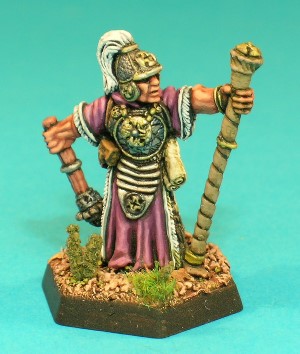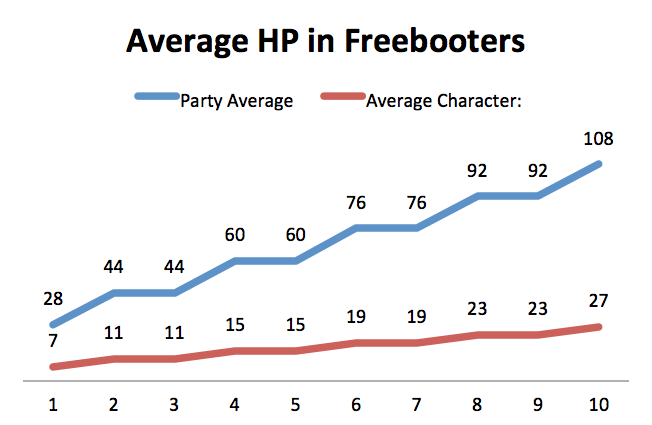I took a break from writing about Mistmarch for a bit because we got rather busy at work finishing and releasing the Zubmariner expansion to our Sunless Sea game. But! Now it is done, and I’m back to noodling at dark fantasy Freebooters. Here the first half of the almanac for Col Fen, one of the starter areas:
COL FEN
Then: A secluded garden-land of rose-bowers and orchards, ruled by three giant-brothers who guarded a well which allowed communion with the dead. The brothers were sworn never to drink from it themselves, but instead judged the appeals of this visitors who longed for one last moment with someone they had lost.
Now: A soggy, haunted fen. Pallid roses crawl across the pools. Knobbled trees jut from the waters. Its last handful of inhabitants offer sacrifices to the two giants that contest its dank pools.
Details
– Skeletal trees, strangled by thorns and livid white roses
– Brown waters, still and quiet
– Pallid roses lying on the waters
– Ghostly mist, thin as a funeral shroud
– Statues with cat, crow or moth heads jutting from the pools
– Wicker pathways, muddy with small footprints
– Blue candle flames winding between the trees
– An abandoned hut, sinking in the marsh
– SPRING: bright yellow flowers studding the roots
– SUMMER: coils of steam rising from the water
– AUTUMN: a damp wind, smelling of mulch
– WINTER: a crust of ice on the pools
A Briar-Pool
Many of the deep, gloomy marsh-pools are clogged with drowned briars. Climbing out requires Defying Danger. Common risks include loss of and damage to belongings, or 1d4 damage from the thorns.
Fen-Toads
Knobbly toads the size of a haycart, that entangle prey with their long, sticky tongues. They use the marsh to their advantage, lurking in pools to complicate attacks and dragging victims into the waters.
Group, Large
Damage: Bite 1d8+1 (hand); Tongue 0 (near, entangle)
HP: 10 Armour: 1 (warty hide)
Special qualities: Long, sticky tongue; camouflage.
Instinct: to ambush unwary prey
– Lurk in a deep pool, and strike at someone injured or lagging behind
– Drag a victim stuck by its tongue into its mouth, then bite
– Perform a spasmodic leap to escape or crush
The Company of the Dead
If you look too deeply into the waters of Col Fen, you may the spirits of the dead. The GM will ask who see, and what unfinished business they have with you.
A saying: “The dead don’t speak”: Their voices are forbidden to them. They can gesture, nod, weep. Some exert power over beasts, using their cries and behaviour to convey messages. Others (or, on their behalf, necromancers) find ways to steal a living voice, through possession or sorcery (typically, this involves nailing a severed tongue to something).
The spirits are restricted to the mire’s waters. But should you enter one of the pools, they can touch you. Their hands are cold and slight; it would take a half-dozen of them to overwhelm a living person.
Willowicks
Flickering blue candle-flames, glimpsed between the trees. Spiteful spirits that lure travellers to their deaths in the fen. It is not widely known that willowicks are the jealous spirits of those the Fenfolk have drowned in their rites.
Willowicks can possess other spirits by roosting in their throats. As long as they keep their new mouths closed, no one will see their telltale blue radiance.
If you see the willowicks dance, roll +WIS. On a 10+ you resist their lure, and are your own master. On a 7-9 you may resist the lure by exerting your will; take 1d3 Wis damage. On a 6-, you are enthralled and follow them into the mire, dreaming of being bound and sunk under the waters. The GM will tell you when and where you recover your senses. Mark XP.
As spirits, they can be driven away or bound with appropriate magics. They fear the Fen’s giants, and will flee if one draws near. Willowicks are lulled by music, particularly the songs the Fenfolk sing when offering bodies to the marsh.
The Fen-folk
The folk that dwell in Col Fen are pale, slight, dark-haired and wary. Their homes are stilted wicker-huts, jutting from the marsh. Hunters and fishers, they also peddle rose-milk coaxed from the marsh’s briars. They have no villages, but live as scattered families tangled in a web of alliances and feuds.
To avoid the predations of the fen’s two giants the Fenfolk offer them tributes of food – specifically human victims, bound and drowned in the mire to marinade in the noxious waters. Sometimes one Fenfolk family will bribe a giant to attack another family, or to drive off intruders. To this end, the Fenfolk always keep an eye open for potential sacrifices. Though unlikely to attack an armed, organised party, they are quite prepared to pick off stragglers, or offer a trade of food or rose-milk for an obviously ailing companion.
When you encounter Fenfolk, roll on the following table:
1. An eel-fisher, with or without her retriever-cat, fleeing from pursuit
2. An injured rose-milker, dying in the mud
3. A bent old wickerweaver, mending an ancient path
4. A curious child, following the party at a distance
5. A candlelit procession bearing a wriggling, wrapped victim to be buried in the bog
6. A pair of crow-hunters with a brace of black birds





